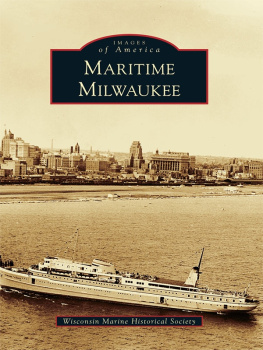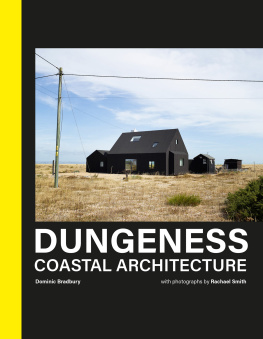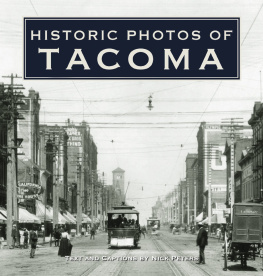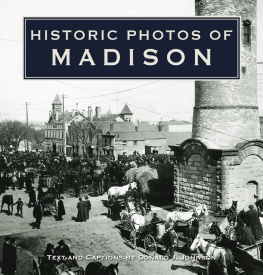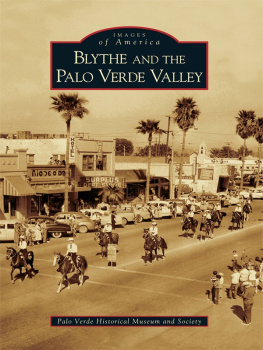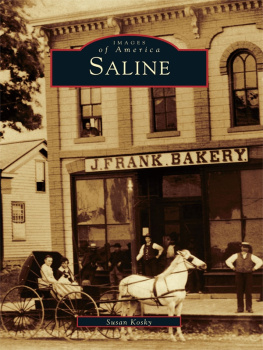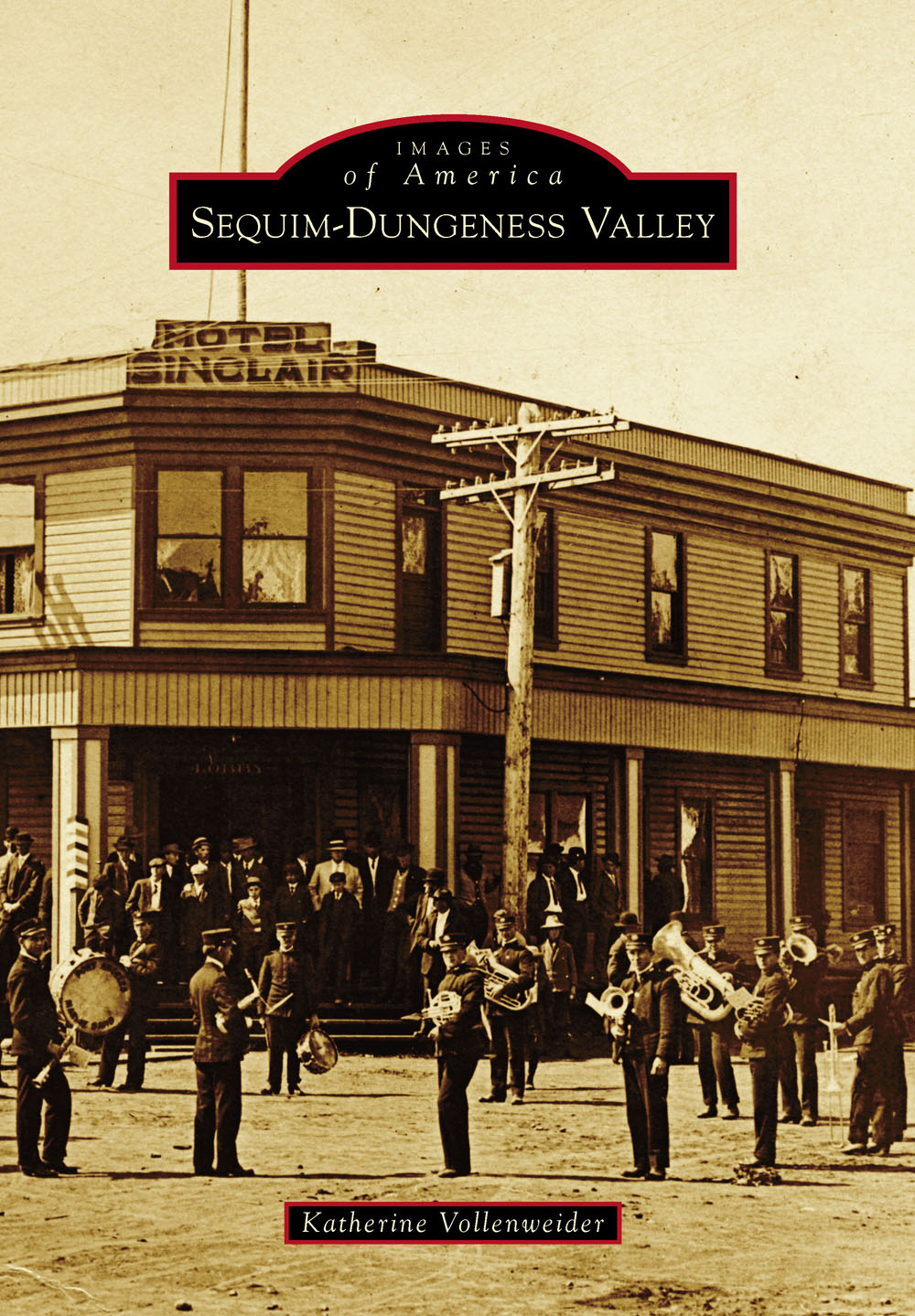
IMAGES
of America
SEQUIM-DUNGENESS VALLEY

The early settlements on the Olympic Peninsula in eastern Clallam County, Washington, are shown on this map. (Redrawn from a Medsker map by Katherine Vollenweider.)
ON THE COVER: Built by Joseph Keeler in 1908, the Sinclair Hotel in Sequim was a focal point for the town and a familiar backdrop for brass bands, parades, horse races, and boxing matches. Keeler, who started in Dawson City, Canada, during the Klondike Gold Rush with three dimes when no one would take a coin less than a quarter, developed the towns utilities and started many commercial enterprises. (Courtesy of Sequim Museum and Arts.)
IMAGES
of America
SEQUIM-DUNGENESS VALLEY
Katherine Vollenweider

Copyright 2015 by Katherine Vollenweider
ISBN 978-1-4671-3404-0
Ebook ISBN 9781439654224
Published by Arcadia Publishing
Charleston, South Carolina
Library of Congress Control Number: 2015945082
For all general information, please contact Arcadia Publishing:
Telephone 843-853-2070
Fax 843-853-0044
E-mail
For customer service and orders:
Toll-Free 1-888-313-2665
Visit us on the Internet at www.arcadiapublishing.com
Dedicated to David Vollenweider.
CONTENTS
ACKNOWLEDGMENTS
I would like to thank the following people, who generously contributed their knowledge, skills, talents, and time toward the completion of this project:
Judy Reandeau Stipe, Sequim Museum and Arts
Dr. Peter Becker
Chuck Fowler
Betty Oppenheimer, Jamestown SKlallam Tribe
Bonnie Roos and Jan Jacobson, Jamestown SKlallam Tribe Library
Carolyn Marr, Museum of History and Industry
Kathy Monds, Clallam County Historical Society
Kris Kinsey, University of Washington Special Collections
Michael Lange, Oakland Museum of California
Brian N. Cays, Olympic Peninsula Surveying and Drafting
John and Beverly Majors
Cherie Christensen
University of Washington Special Collections
Puget Sound Maritime Historical Society
Washington State Historical Society
National Archives and Records Administration, Seattle
Unless otherwise noted, all images appear courtesy of the Sequim Museum and Arts.
INTRODUCTION
The term SequimDungeness Valley puzzles me, as there is no northern counterpart to the Olympic Mountains that rise to the south, and no peaks en route west to Port Angeles. The Dungeness River empties a watershed of over 170,000 acres and drops at a 3.3 percent grade, but the upper river reaches are not the valley as used colloquially. The SequimDungeness Prairie would perhaps be a more geographically accurate name, albeit offering a much different image than that of a pastoral valley with gentle, grazing cows. I hoped to find how the term originated in an obscure historical reference; instead, it may have come into the vernacular as recently as the 1960s, long after the town of Dungeness had reached its apex.
Our border to the north, the Straits of Juan de Fuca, was gouged by the Cordilleran ice sheets during the most recent glacial retreat. The passage from the ocean up Puget Sound is our defining corridor, enabling the coastal settlements that flourished and evolved into the towns of today. Those waters were essential to development for all the peopleboth the strong nation of the SKlallam and those from other nationswho arrived from many countries and built a new homeland together, creating the history presented in these pages.
If I were to select one word about the Sequim Prairie and pseudoDungeness Valleys settlement, I would choose migration. Below us, the Juan de Fuca Plate continues to migrate under the adjacent North American Plate in what we hope will be a series of lightly staggered subductive bumps rather than one massive bang. Migration occurs among many species such as the salmon of the eastern Pacific Rim, whose routes are entwined in their DNA, driven by the scent of their natal streams. The ancestors of mastodons and mammoths, now entombed in local beach bluffs and ancient ponds, migrated across continents; one of their offspring became Sequims famous Manis mastodon, which continues to be in the forefront of anthropological interest. People migrated across the Bering land bridge from places we have yet to determine, although we can now decrypt our origins through genetic analysis. Migrations of Euro-Americans followed, bringing precepts of English law and fueled by the dream of land ownership. A migration of technology occurred as the mills sought engineers, and new farming innovations arrived from the industrial centers to the east. The migrations stabilized as farms and towns were platted, until the recent migrations of retirees began.
For the purposes of this book, I chose an arbitrary endpoint of 1930. There is a plethora of new information available through periodicals and trade journals. Even after writing exhibit text for years as director at the Sequim Museum and Arts, I found historical information never before published. Archives and collections throughout the Puget Sound area had hidden treasures I gleaned through site visits. I browsed for hundreds of hours through microfiche and digitized newspapersa forensic historian in search of clues to the past. Research time is like a sieveso much front-end work for a short yield at the endand it was easy to lose myself in the ledgers of time. It brought back memories of dusty, velvet-bound salmon hatchery records during my first historical sojourn into the California State Archives for the Monterey Bay Salmon and Trout Project while an intern at the University of California, Santa Cruz.
A scientific project always has a defined scope; before I began this book, I decided to focus on the continuum of events that allowed for the areas economic development. There were many elusive clues in the lineage of the mercantile business that underwrote New DungenessOld Town, and that lineage continued on to the new townsite, influencing the logging and dairy industries. For the readers ease, I adopted the convention of New DungenessOld Town for the first settlement and Dungeness for the second and present town, as it reflects what the locals themselves called those places during their time. The research determined that there were far more people involved as investors and merchants than was formerly known. Sometimes those in the past called out from their digital footprintsmen like Allen Weir, who grew up in Dungeness and became the first secretary of state for Washington.
Another metric I used in the writing of this book was to attempt to avoid duplication of photographs published elsewhere. However, given the fact that there are a finite number of images, except for the Sinclair Hotel, which seems to be the most frequently photographed building in Sequims history, many images have seen print before due to the pivotal role they played in local history. I hope that the captions will bring a bit of new information to these photographs.
For those who are surprised at the number of steamships included, I can only reply that without those ships, this would have been a different place. There would have been no New Dungeness, and no Irish or English sailors would have jumped ship to settle and eventually be pardoned by Queen Victoria during her Jubilee. Without the ships, this would not have become one of Washington Territorys premier dairy production capitals, and there would have been no shingle industry, mercantile barons, or cannery empires. The whistles and creaking mooring lines of over 100 years of maritime trade have vanished from our purview with little trace except derelict pilings. I hope this book gives a glimpse into our maritime past.
Next page

